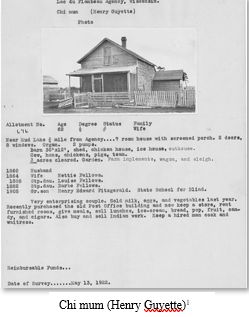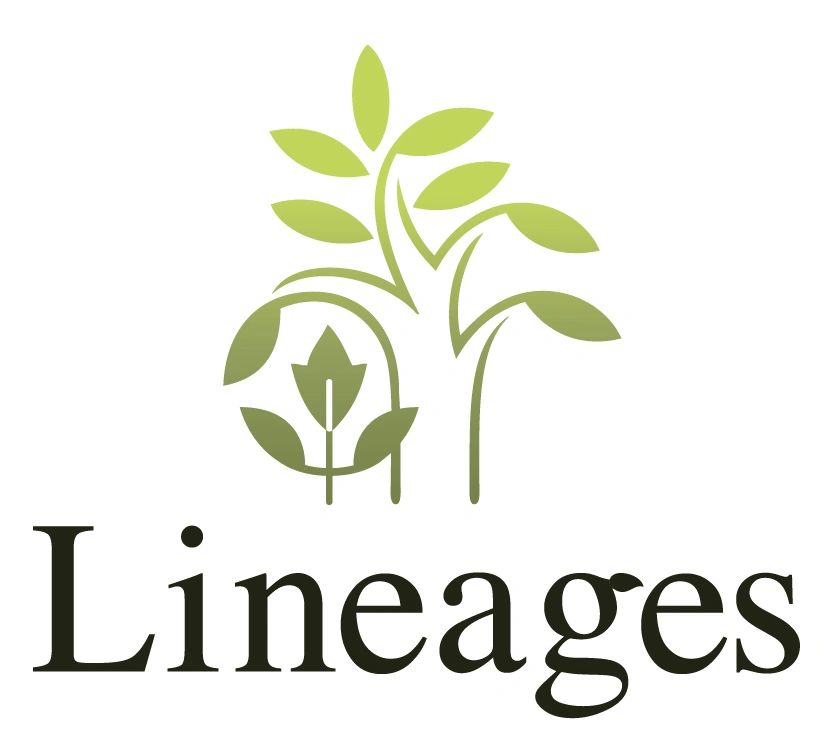Native American Genealogy Research Part 1

Lac du Flambeau Band of Lake Superior Chippewa Indians[1]
Interested in learning more about your Native American genealogy? Are you a tribal member or belong to an American Indian community? Maybe one or both of your parents were Indian, but you do not know who they were or what tribe they came from because of adoption, boarding school issues, or a custody battle. Did your parent or grandparent belong to an Indian tribe, but you were not raised in their culture and now they are deceased, leaving you wanting to know more? Perhaps your grandparents or great-grandparents were part Indian but not tribal members, or there is a family tradition that you have Native American ancestry, or maybe you just discovered an Indian ancestor you want to know more about. Let us give you some suggestions on how to find your Native American ancestors! Before we get started there is some information you need to know, laid out in detail, by the National Archives.[2]
Native American Genealogy
TRIBAL ASSOCIATION
In order to begin researching a Native American or tribally associated individual, you must already know the answer (or approximate answer) to four questions:
- What was their name? (various spellings)
- When did they live?
- Where did they live?
- What was their tribal association?
For questions two and three, the need for dates and places of events is where history and maps become invaluable tools for Indian research. That last question is also important. Because government records are created and organized around each tribe, researchers must know which tribe the individual is associated with. If tribal association has not been established yet, listed below are five ways an individual could be associated with a Native American tribe.
- Formal Association. Any person who, during their lifetime, appeared on an official record as being a member of a Native American tribal group is considered to be formally associated.
- Close Association. People who are specifically identified as being Native American on contemporary records but who are not members of a particular tribal group are considered to be closely associated.
- Government Association. This group mostly includes people who were employed by the U.S., state, or local governments, but were not associated with a tribal group in their own right. It also includes individual whites whose interactions with Native Americans were recorded in government records.
- Informal Association. Any person who lived in close proximity to a tribal group but was never specifically identified as being Native American or a government employee has an informal association.
- No Association. An individual who is rumored to be a Native American, but for whom no documentary evidence has been found, should not be considered to be associated with a tribal group. Researchers who wish to prove undocumented oral histories, particularly within their family, should carefully document successive ancestral generations rather than beginning with the supposed Native American.
RACE
Challenges of researching non-Native individuals who are potentially associated with a tribe are common for whites and blacks. Basically, if the person had a formal association with a tribe, chances are there will be records found for that individual. If the person did not have a formal association with a tribe, there is a low probability of finding documentation.
TRIBAL MEMBERSHIP
The Indian Reorganization Act of 1934 gave tribes the right to determine their own membership. Most tribes have adopted constitutions that specify conditions for enrollment. Even though a person may be of Indian heritage, they are not necessarily entitled to membership in a tribe or to tribal benefits. And unless your parent or grandparent was actually a Native American tribal member, the tribe will not be able to “look you up” and see if you are a descendent of theirs. You will need to do this work yourself.
Once you have all your genealogical information, including your Native American ancestor’s full name, presence on any Indian rolls, and exact relationship to you, then you should contact the specific tribe in question. It is important to note that some tribes maintained more and better records than other tribes did.
WHAT RECORDS ARE AVAILABLE?
There is a large amount of information available out there for your Native American research. It will often vary depending on which tribe you are researching. Most of these records are available at the National Archives or at one of its 15 Regional Branches. Many of the microfilms of these records are now available on various genealogy websites, some of which can be accessible for free on computers at regional National Archives branches, or for a small fee from home. In some instances it may be more affordable to do research on these sites than to order copies from the National Archives. Church records can be found in libraries, museums, universities, local congregations, Dioceses, or Synod offices.

Types of records for Indian research
- Church Records (1500s to present)
- Removal Records/Emigration Rolls (1815-1850)
- Tribal Enrollment Records (1827 to present)
- Annuity Rolls (1841 -1959)
- Land Allotment Records (1856-1935)
- Census Rolls—Indian & Federal (1884-1940 & 1790 to present)
- Probate Records (1906-1921)
- Vital Statistics (1910 to present)
- School Reports (1910-1939)
- School Census Records (1912-1939)
WHERE DO I START?
Now that you have a little background information, here are some steps to get you started:
- Learn as much as possible about your family. At this point, you should be doing public, non-Indian genealogy research. Gather family sources: traditions, oral histories and stories, letters, diaries, etc. Check government offices, churches, schools, baptism records, bibles, local cemeteries, land, probate records, etc. Document the family connections generation by generation.
- Check census records. Pay special attention to what race individuals are listed as. Often times Native Americans were listed white on one year, black, Indian, or mulatto on a different census. Identify the family in each U.S. Federal Censuses from 1940 back to 1870. Determine if they were living within the territory of one of the Five Tribes: Cherokee, Chickasaw, Choctaw, Creek, Seminole. Enumerations of the Five Tribes on the 1900 U.S. Federal Census are found within Indian Territory. They are found in Oklahoma in 1910, 1920, and 1930.
- If the family was enumerated within one of the Five Tribes in Indian Territory, search the Dawes Enrollment Cards on Ancestry.com and the Dawes Applications on Fold3.com.
- If the family was NOT enumerated within one of the Five Tribes, search the Indian Census rolls on Ancestry. The Indian Census rolls exist from 1885 to 1940. Note: The Indian Census Rolls include all tribes except the Five Tribes in Indian Territory. The family will be listed on one or the other, but not both.
- If the family cannot be found as “Indian†on the U. S. Federal Census, in the Dawes records, or in the Indian Census rolls, continue researching in non-Indian records. The earlier a family can be found in general population records without being identified as Indian, the less likely it is that a tribal connection will be provable.
USEFUL LINKS
American Indian Tribal Directory. http://indians.org/tribal-directory.html
U.S. Department of the Interior Indian Affairs. https://www.bia.gov/bia/ois/tgs/genealogy
Indigenous Peoples of the United States Genealogy (FamilySearch). https://tinyurl.com/y3y7asyu
Handbook of American Indians North of Mexico. https://tinyurl.com/yymd2pa7
Indian Treaties Acts and Agreements. https://tinyurl.com/yxbaccfk
Indian Schools, Seminaries, and Asylums. https://tinyurl.com/yxvhutlg
CONCLUSION
This is part one of a two-part series on Native American genealogy research. Part two is a more detailed listing of resources that can help you find your Native American ancestors.
Stacy
[1] Lac du Flambeau Tribe, Lac du Flambeau Band of Lake Superior Chippewa Indians, http://www.ldftribe.com, accessed August 2020.
[2] Native American research, National Archives Southeast Region, Atlanta, http://www.archives.gov/atlanta, accessed August 2020.
